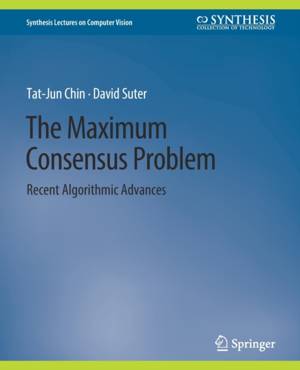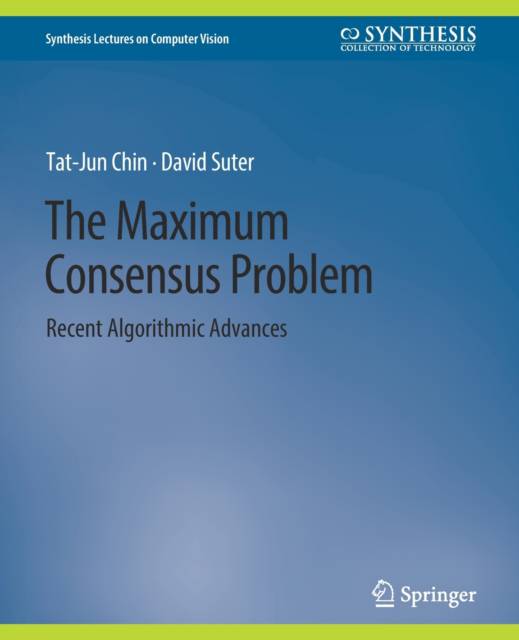
- Afhalen na 1 uur in een winkel met voorraad
- Gratis thuislevering in België vanaf € 30
- Ruim aanbod met 7 miljoen producten
- Afhalen na 1 uur in een winkel met voorraad
- Gratis thuislevering in België vanaf € 30
- Ruim aanbod met 7 miljoen producten
Zoeken
€ 52,95
+ 105 punten
Uitvoering
Omschrijving
Outlier-contaminated data is a fact of life in computer vision. For computer vision applications to perform reliably and accurately in practical settings, the processing of the input data must be conducted in a robust manner. In this context, the maximum consensus robust criterion plays a critical role by allowing the quantity of interest to be estimated from noisy and outlier-prone visual measurements. The maximum consensus problem refers to the problem of optimizing the quantity of interest according to the maximum consensus criterion. This book provides an overview of the algorithms for performing this optimization. The emphasis is on the basic operation or "inner workings" of the algorithms, and on their mathematical characteristics in terms of optimality and efficiency. The applicability of the techniques to common computer vision tasks is also highlighted. By collecting existing techniques in a single article, this book aims to trigger further developments in this theoretically interesting and practically important area.
Specificaties
Betrokkenen
- Auteur(s):
- Uitgeverij:
Inhoud
- Aantal bladzijden:
- 178
- Taal:
- Engels
- Reeks:
Eigenschappen
- Productcode (EAN):
- 9783031006906
- Verschijningsdatum:
- 27/02/2017
- Uitvoering:
- Paperback
- Formaat:
- Trade paperback (VS)
- Afmetingen:
- 190 mm x 235 mm
- Gewicht:
- 344 g

Alleen bij Standaard Boekhandel
+ 105 punten op je klantenkaart van Standaard Boekhandel
Beoordelingen
We publiceren alleen reviews die voldoen aan de voorwaarden voor reviews. Bekijk onze voorwaarden voor reviews.











